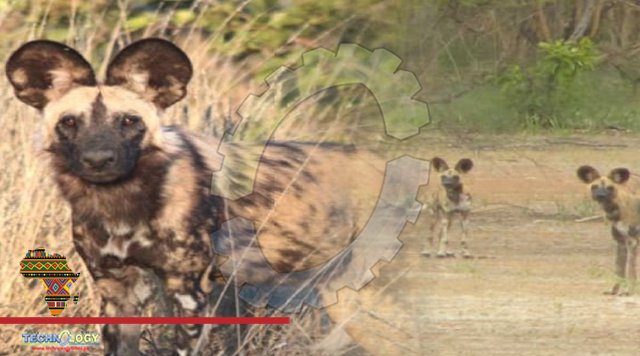A YSE-led study assessing 91 African carnivores to identify gaps in capacity necessary for their conservation found that many species that are currently classified as “least concern” on the International Union for the Conservation of Nature Red List of Threatened Species had high percentages of their range at risk of contraction.

The new Yale School of the Environment-led analysis identifying gaps in maps that help forecast range contractions for African species found that all species studied have a portion of their range at risk and small carnivores warrant more concern. The study, published in PNAS and led by YSE Knobloch Family Associate Professor of Wildlife and Land Conservation Nyeema C. Harris, assessed 91 African carnivores to identify gaps in capacity necessary for their conservation. Harris’s team found that contrary to current perceptions, many species that are currently classified as “least concern” on the International Union for the Conservation of Nature Red List of Threatened Species had high percentages of their range at risk of contraction. For example, the common slender mongoose (Herpestes sanguineus) and serval (Leptailurus serval) both have 16% of their ranges at risk of contraction while it was 70% for the Egyptian weasel (Mustela subpalmata). Harris says the most important finding of the study, which analyzed additional data not previously assessed, is that all species studied have some portion of their range at risk of contraction due to burgeoning threats, with an average of 15% of African carnivore ranges at-risk.
“There’s a growing interest in relying on geospatial data to make conservation decisions but the range maps are flawed,” says Harris. “Traditional gap analyses do not consider both threats and assets across the range that influence population persistence. African Carnivores , We are introducing a novel approach by assessing these different variables. “We were able to get new insights about species that are largely unknown or understudied, and we identified that there are some conservation concerns because they have very small ranges comprised of more threats than assets,” says Harris. “The model is giving us a broader understanding and a different approach to anticipating biodiversity losses, especially for species with limited information classified as ‘data deficient’ by the IUCN Red List, such as the Ethiopian Genet (Genetta abyssinica, a catlike mammal) and Pousargues’s mongoose (Dologale dybowskii), also known as African tropical savannah mongoose.” Africa contains a third of the world’s carnivore species that persist in a landscape fraught with anthropogenic and environmental pressures, as well as rich biocultural diversity. The study examines possible assets to conservation, such as distribution of Indigenous lands and cultural diversity, and threats to carnivores, such as drought risks and exposure to urbanization or agriculture. It also highlights some anthropic factors that are helping conservation efforts. For example, customary laws and traditional ceremonies of the Nharira community in central Zimbabwe include biodiversity protection.
Source: This news is originally published by environment.yale.edu